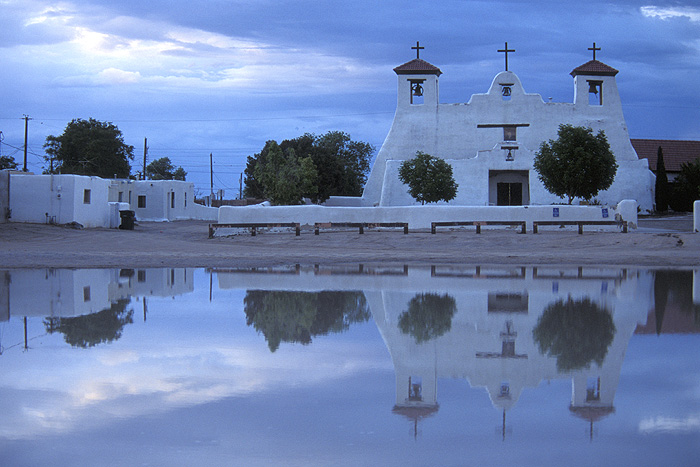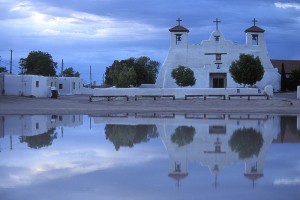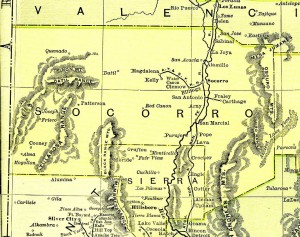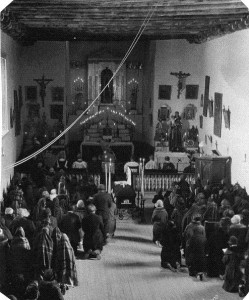America is a melting pot of cultures from German, to African, to Chinese. All Americans besides Natives can trace their lineage to some other country or homeland. Most American’s families arrived into this country during the latter part of the 19th century and faced the challenge of adapting to a foreign culture and finding their place within it. A small minority of Americans, however, can say they have lived in this country since its inception, and possibly even before. These individuals and their ancestors feel a special attachment to the land. They found a largely blank slate in which to write on, to create their own culture. In a way, they laid the foundation for America and its t raditions. Their story isn’t one of leaving home. For this reason, they often don’t, with many families having never left the small farming communities that their ancestors had inhabited for hundreds of years.
My mother’s side of the family can trace their origins to Spain. They arrived in the middle part of the 17th century to the area that would one day become New Mexico and settled, like the Pueblo Indians before them, as farmers along the fertile Rio Grande. They lived simply, growing corn, raising sheep, building houses out of adobe, and speaking Spanish. This way of life remained largely unchanged even up to my grandparents’ childhood; my grandmother lived in an adobe house that her father built himself, and didn’t learn English until she entered public school. In this way she lived in the same land doing the same tasks that her ancestors did centuries before. When my grandparents moved from their small hometown of Sabinal to Albuquerque, they became pioneers, the first out of their family since they arrived in the 17th century to leave the area.
|
Almost every man on my mother’s side of the family, dating back to the first United States census of the New Mexico Territory in 1850, had the same two occupations: farmer or sheep herder. Perhaps even more astounding is the fact that this entire branch of my family has lived in the same location, Sabinal, a small town south of Albuquerque which even today boasts a population of less than one thousand. Being that my ancestors have seen this town become part of three different countries throughout four different centuries, it’s a wonder why they never left. Having lived there so long, it was their home and their identity. Even though I chose to go to college out of state, I still feel very connected to New Mexico. I love its people and its traditions, and I think that its food is the best in the world. I don’t know much about my future, but one thing’s for sure: I will return to live in New Mexico.



